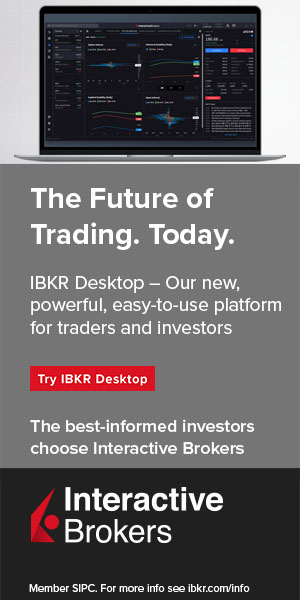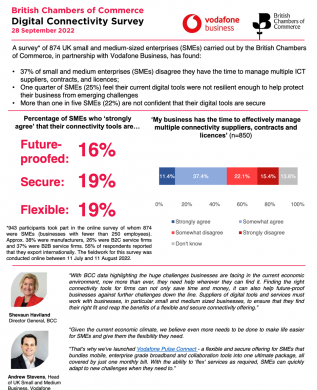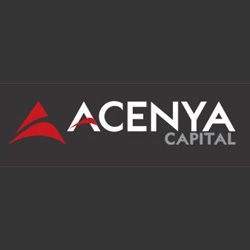While Samuel Heath (LSE:HSM) has an impressive history of profits for a £5m market capitalisation company (see yesterday’s newsletter) it is going into a period when sales may fall by over one-third. Will it survive? I’ll look at its balance sheet where the largest burden is the pension deficit. The pension liability needs analysis to see if that is likely to topple the company.
Piotroski factors are used to obtain an overview of its finances – at least finances up to March 2020. But, given so much has changed since March, we need to also look at potential danger points in a time deep recession. Thus, we’ll consider its cash flow generation.
Balance sheet
| £m | March 2020 | March 2019 | ||
| Non-current assets | ||||
| Intangible | 0.2 | 0.1 | ||
| Property, plant and equipment (of which freehold property is £1.5m) | 3.6 | 3.2 | ||
| Deferred tax assets | 0.9 | 1.0 | ||
| Total non-current assets | 4.7 | 4.3 | ||
| Current assets | ||||
| Inventories | 4.2 | 4.0 | ||
| Receivables | 2.4 | 2.3 | ||
| Cash | 3.0 | 3.2 | ||
| Total current assets | 9.6 | 9.4 | ||
| TOTAL ASSETS | 14.3 | 13.8 | ||
| Liabilities | ||||
| Payables | -1.9 | -1.8 | ||
| Pension deficit | -6.6 | -7.4 | ||
| Other liabilities | -0.2 | -0.2 | ||
| NET ASSETS | 5.7 | 4.4 |
For a £5m company the balance sheet is exceptionally strong if we ignore the pension deficit on the defined benefit scheme. It has no bank debt, and payables to suppliers are more than covered by receivables from customers. That leaves £3m in cash plus £1.5m in freehold land and buildings as well as inventories of taps, door handles etc of £4.2m and plant and machinery of £2m.
The pension deficit
The company’s defined benefit schemes were merged and closed to new members in 2005/6. At March 2020, the scheme had £8.4m of assets (invested 78% equities and 22% cash) and £15m of liabilities, leaving a deficit of £6.6m. But there is a related deferred tax asset of £1.2m meaning that the net liability is £5.3m. This is a substantial deficit for a £5m company.
The firm has agreed to step up payments into the scheme to close the gap. Around £0.36m is paid out each year to pensioners but Samuel Heath put in £0.516m in 2019 and £0.783m in the year to March 2020. A new “Pension Recovery Plan” requires that in the current year the company puts in £1m. It also pays around £0.4m pa to the defined contribution plan scheme.
Clearly, these sums are quite a burden to the company, especially if it is going into a loss-making year or two.
In the absence of bank debt or excessive supplier credit, that le………………To read more subscribe to my premium newsletter Deep Value Shares – click here http://newsletters.advfn.com/deepvalueshares/subscribe-1


 Hot Features
Hot Features













